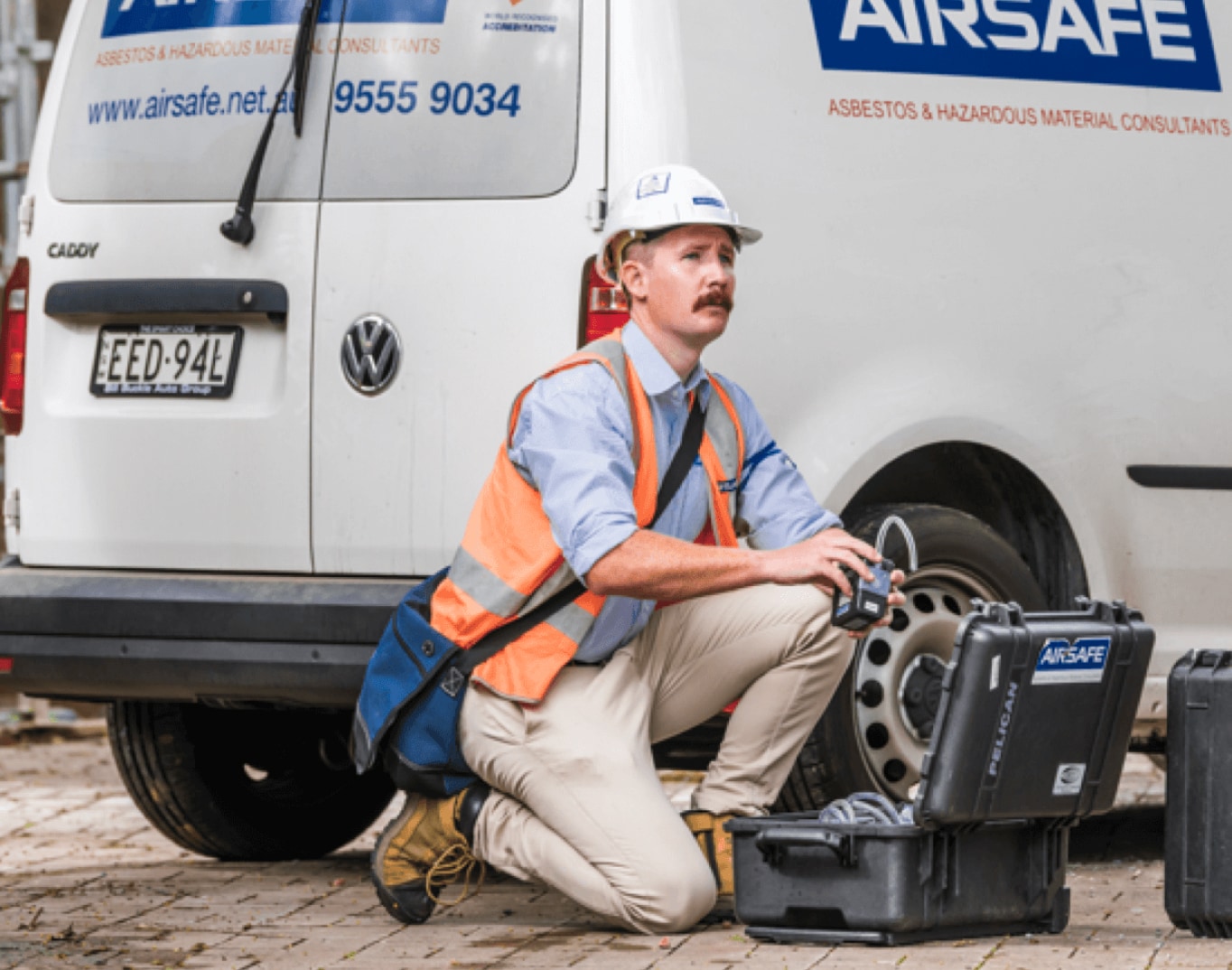Asbestos testing laboratory
In Airsafe’s state of the art laboratory, we analyse samples using:
- Polarised Light Microscopy (PLM)
- Dispersion Staining (DS) techniques
Our detailed testing process involves highly specialised equipment such as a Polarised Light Microscope. Here is a simplified summary of the process we use to test samples for asbestos:
- Sample treatment (if required) to release or isolate fibres
- Mounting of representative fibres on microscope slides
- Identification of different fibrous components using Polarised Light Microscopy
If no asbestos is identified during this process, we undertake additional searches for small asbestos fibres on random sub-samples of a few milligrams.
Airsafe’s procedure represents the most up-to-date, rigorous and reliable method of testing for asbestos. As a result, our asbestos testing laboratory is fully accredited by NATA, the National Association of Testing Authorities.
NATA Accreditation details
Airsafe is a NATA accredited public testing service (Accreditation No: 2959). Specific accreditation details can be found here.
Asbestos identification requires laboratory analysis
Asbestos identification is a matter for professionals. Unfortunately, it’s impossible to identify asbestos with the naked eye, so we can’t tell you over the phone whether something is or isn’t asbestos.
Instead, a sample of the suspicious material needs to be examined in a NATA accredited laboratory like Airsafe’s. We use advanced asbestos identification techniques such as polarized light microscopy and dispersion staining to reach a definitive answer. If we do identify a sample as containing asbestos, we can also give you advice about what to do next.

